Pruning is an essential aspect of tree and shrub care, contributing to their health, aesthetics, and overall vitality. However, improper pruning can lead to damage, disease, and poor growth. To ensure optimal results, it’s crucial to understand the principles and techniques of pruning and apply them correctly. In this comprehensive guide, we’ll explore the art of pruning trees and shrubs, offering expert tips and techniques to help you master this essential gardening skill.
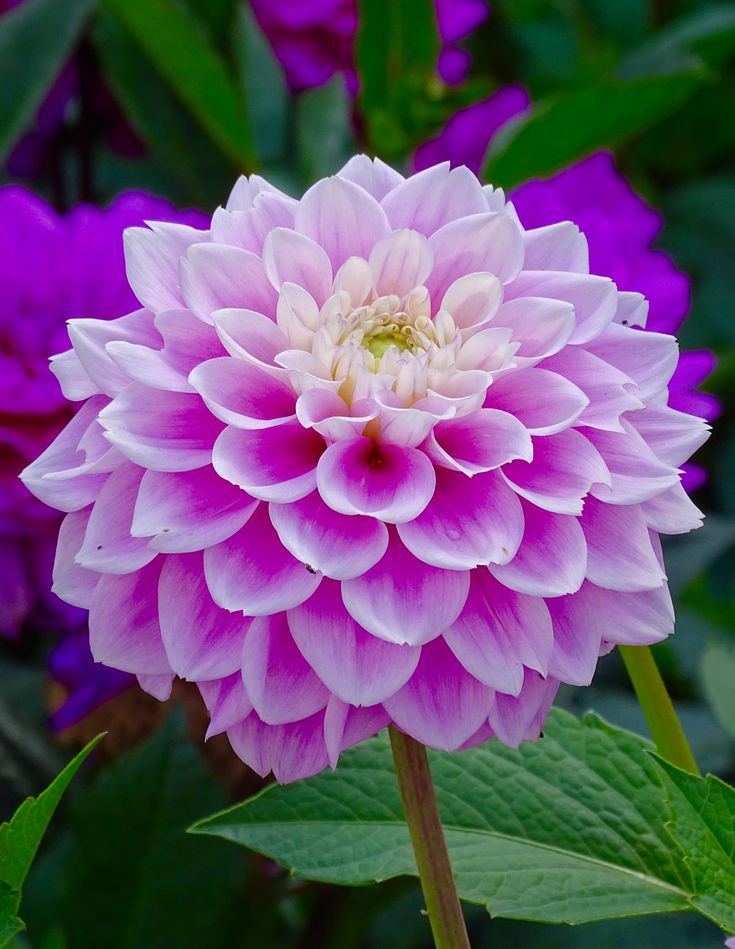
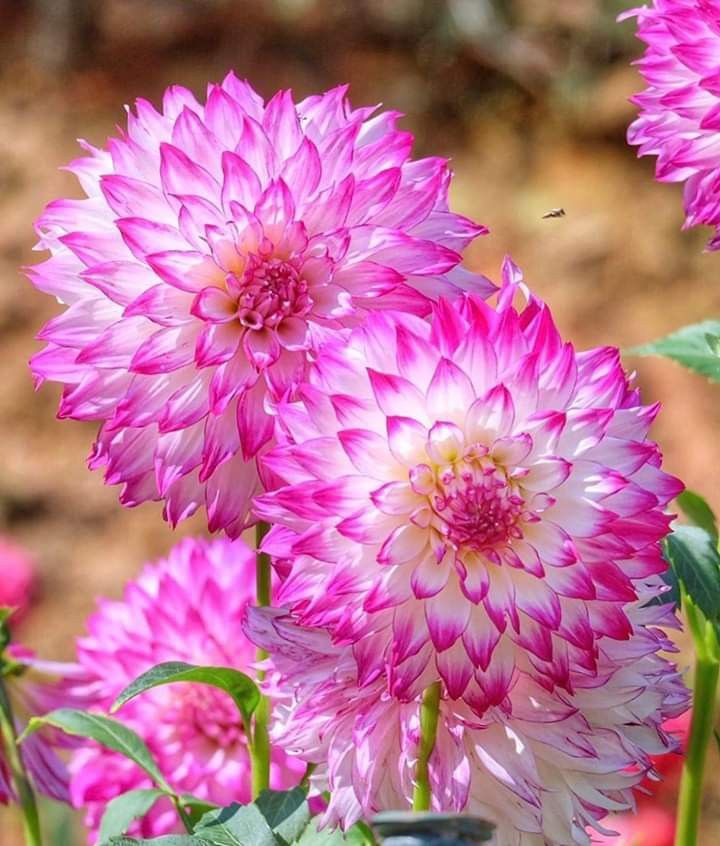
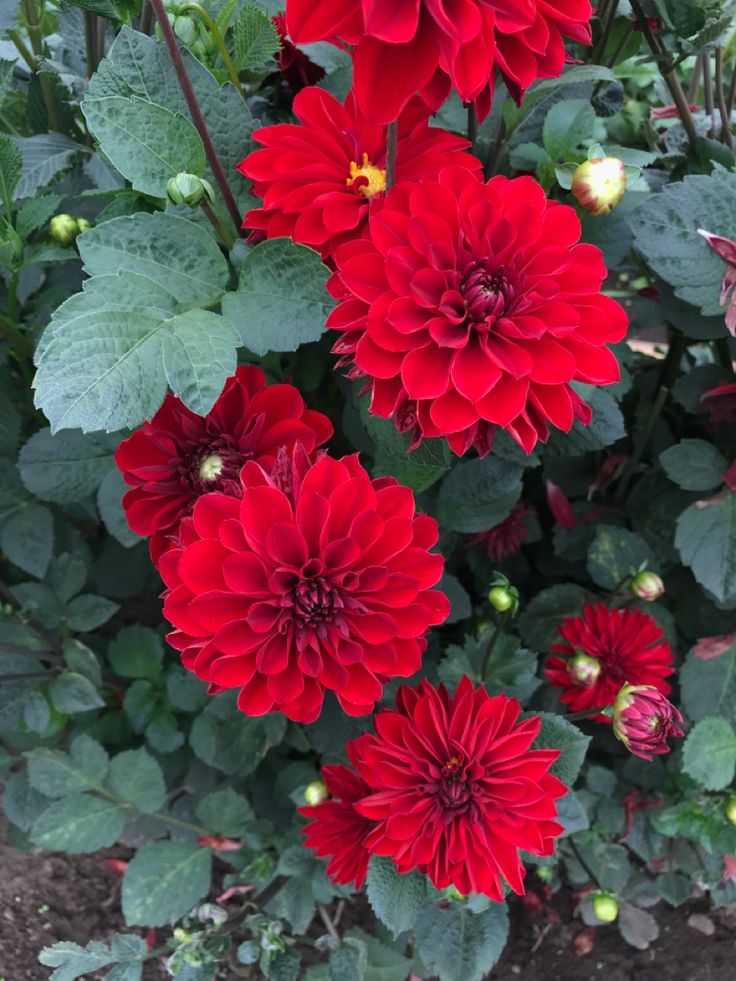
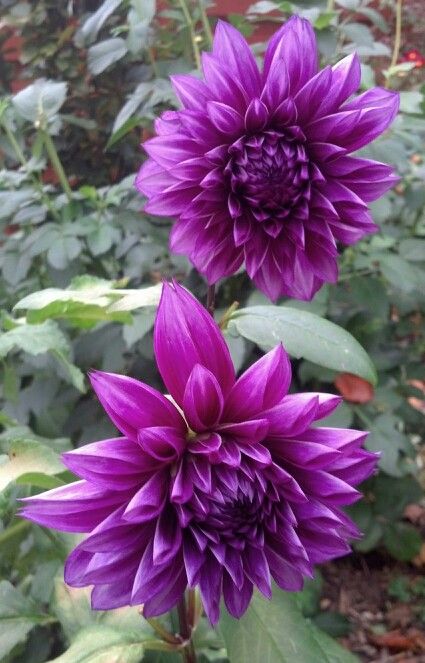
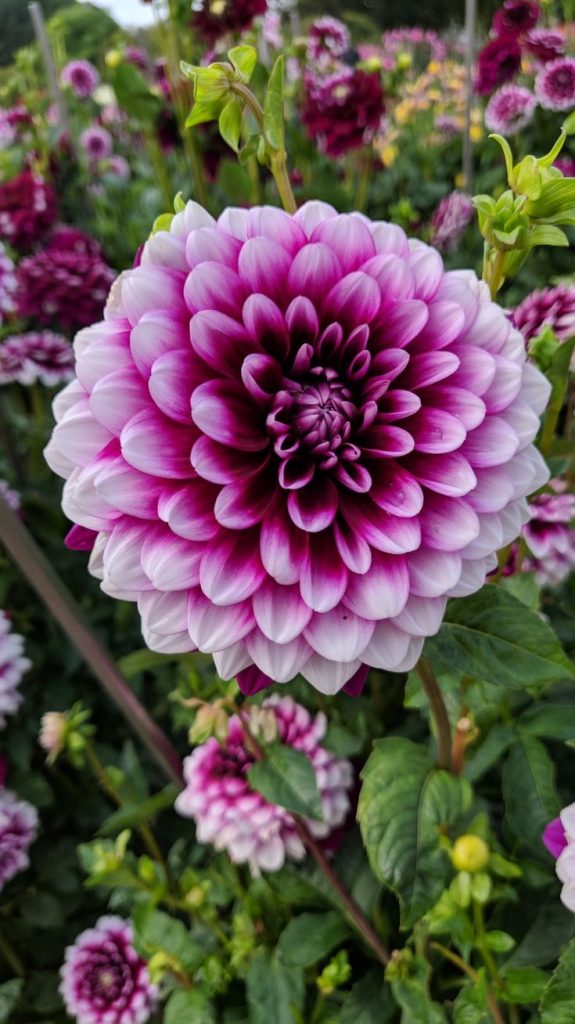
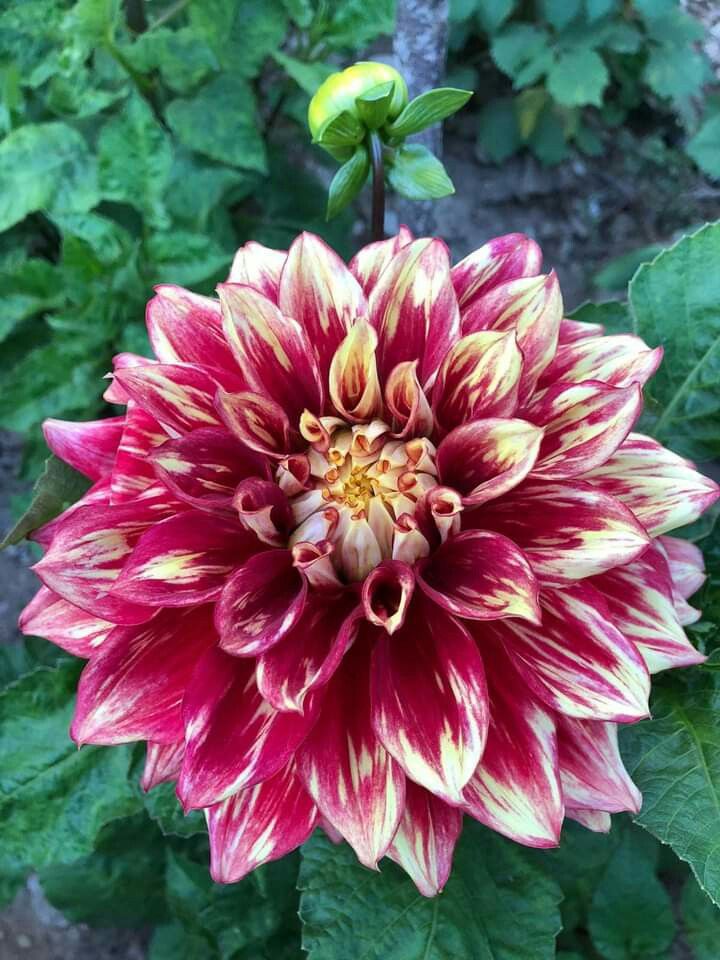
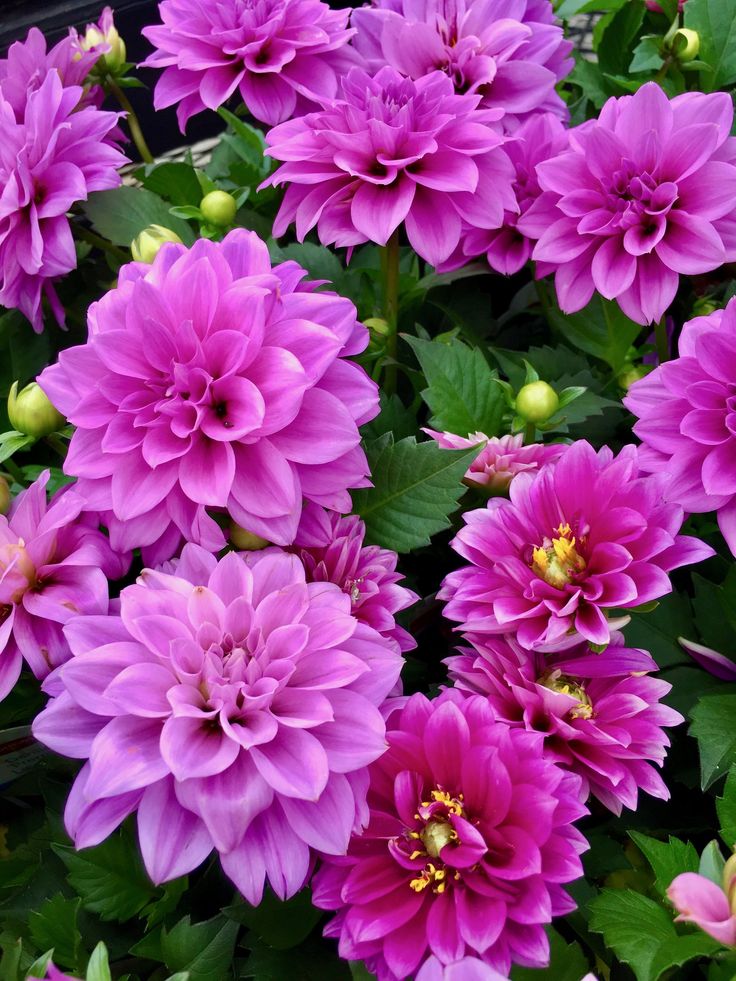
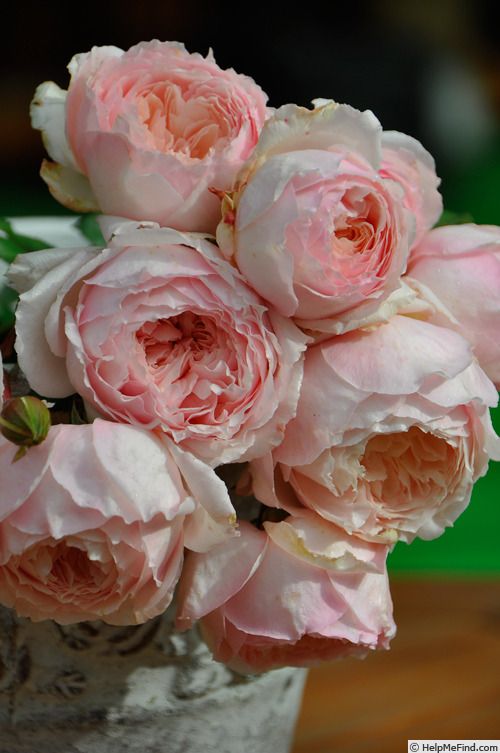
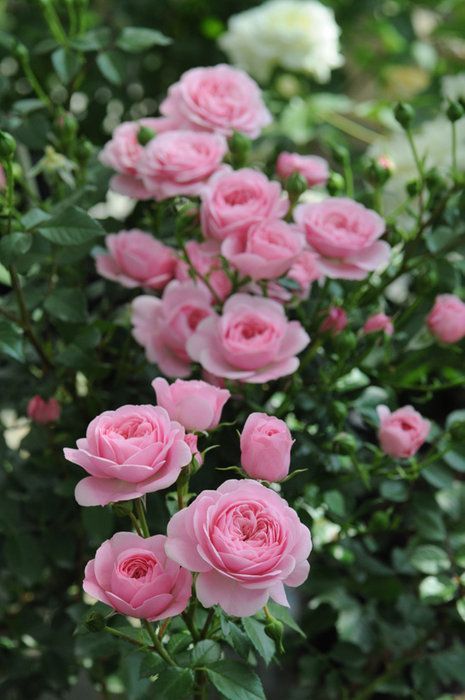
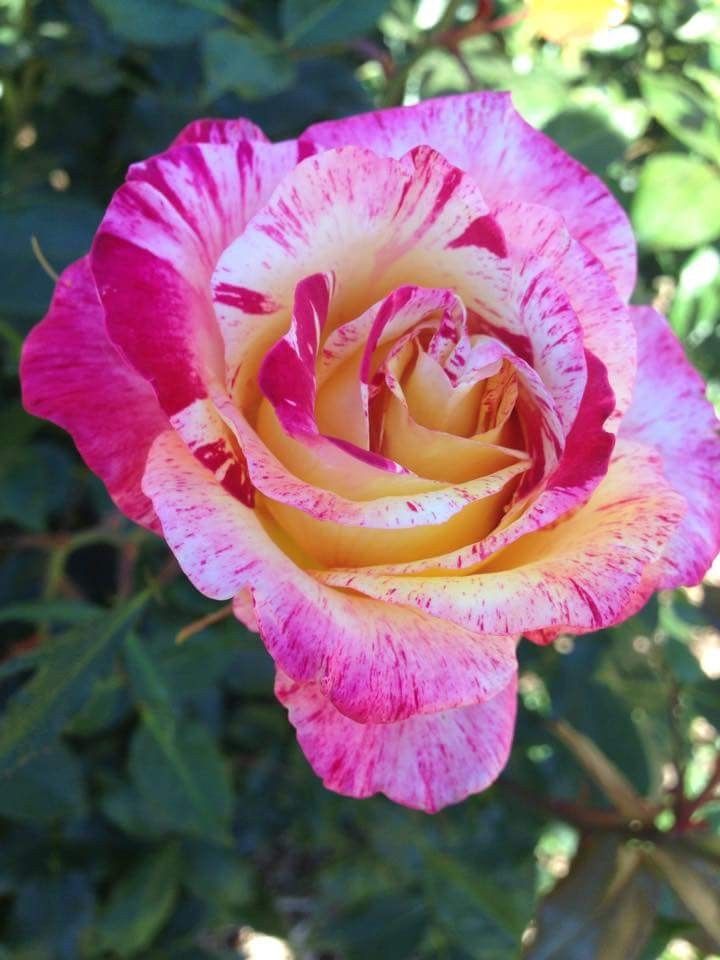
Understanding Pruning Objectives
- Promoting Health and Growth: Proper pruning encourages healthy growth by removing dead, diseased, or damaged branches, improving airflow and sunlight penetration, and stimulating new growth.
- Enhancing Aesthetics: Pruning can enhance the natural shape and form of trees and shrubs, creating a more visually appealing landscape and improving curb appeal.
- Managing Size and Structure: Pruning helps control the size and shape of trees and shrubs, preventing overcrowding, reducing hazards, and maintaining a balanced and harmonious appearance.
Pruning Tools and Equipment
- Hand Pruners: Ideal for cutting small branches and stems up to 1 inch in diameter. Choose bypass pruners for clean, precise cuts, and anvil pruners for thicker or dead wood.
- Loppers: Designed for cutting thicker branches and stems up to 2 inches in diameter. Choose bypass loppers for live branches and anvil loppers for dead or woody material.
- Pruning Saw: Used for cutting larger branches and limbs that are too thick for pruners or loppers. Select a pruning saw with sharp teeth and ergonomic handles for comfortable and efficient cutting.
- Pole Pruner: Handy for reaching high branches without the need for a ladder. Choose a telescoping pole pruner with a bypass cutting head for precise and controlled pruning.
Basic Pruning Techniques
- Selective Pruning: Identify and remove dead, diseased, or damaged branches first, followed by any crossing or rubbing branches. Make clean cuts just outside the branch collar to promote rapid healing and reduce the risk of disease entry.
- Thinning: Thin out crowded or congested branches to improve airflow and sunlight penetration, reducing the risk of fungal diseases and promoting healthy growth. Remove entire branches or selective branches back to their point of origin.
- Heading Back: Heading back involves cutting back the tips of branches to encourage branching and denser growth. Use heading cuts sparingly and avoid cutting back into old wood or leaving stubs.
Specialty Pruning Techniques
- Espalier: Espalier is a pruning technique that involves training trees or shrubs to grow flat against a wall or trellis in a specific pattern. Prune branches regularly to maintain the desired shape and form, tying them to supports as needed.
- Topiary: Topiary is the art of shaping plants into geometric or ornamental forms. Use hand pruners or shears to trim and shape the foliage into the desired shape, maintaining symmetry and balance throughout the process.
Timing and Frequency
- Seasonal Pruning: Most trees and shrubs benefit from pruning during their dormant season in late winter or early spring. Pruning during this time minimizes stress on the plant and allows for rapid healing and regrowth once the growing season begins.
- Maintenance Pruning: Regular maintenance pruning throughout the year helps keep trees and shrubs in shape and reduces the need for more extensive pruning later on. Monitor your plants regularly for signs of overgrowth or damage and prune as needed to maintain their health and appearance.
Conclusion
Pruning trees and shrubs is both a science and an art, requiring knowledge, skill, and careful attention to detail. By understanding the objectives, tools, and techniques of pruning and applying them correctly, you can enhance the health, beauty, and longevity of your landscape plants. So roll up your sleeves, sharpen your pruners, and get ready to master the art of pruning like a pro. With practice and patience, you’ll soon be shaping and sculpting your trees and shrubs into works of living art that bring joy and beauty to your garden for years to come. Happy pruning!